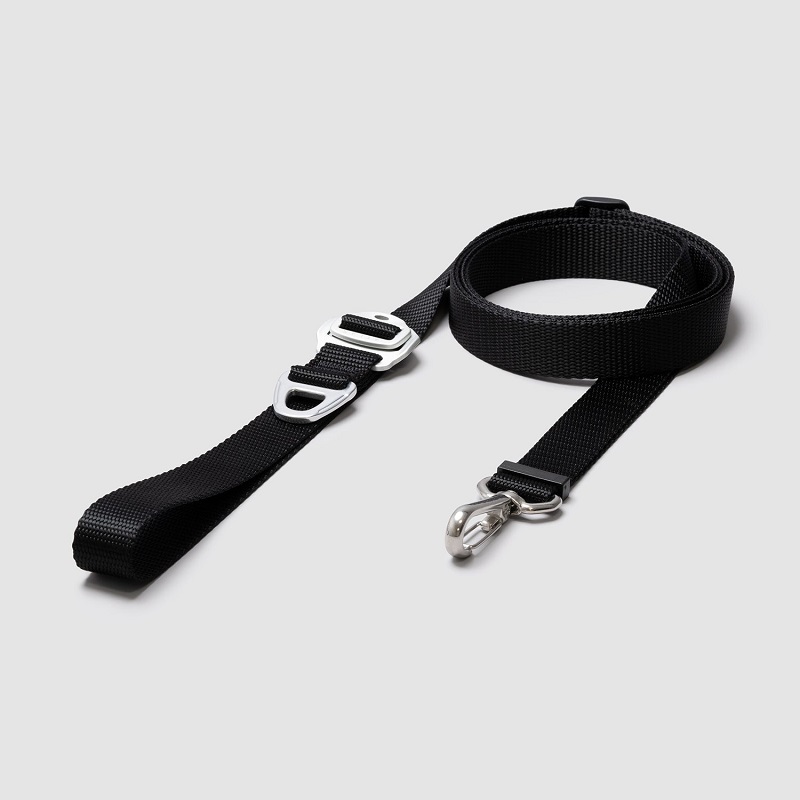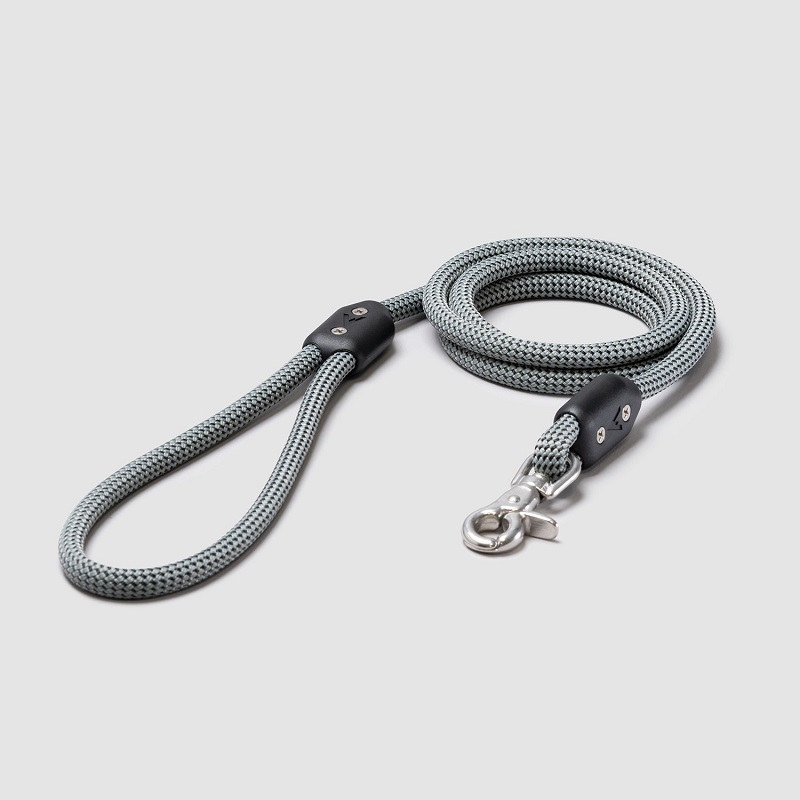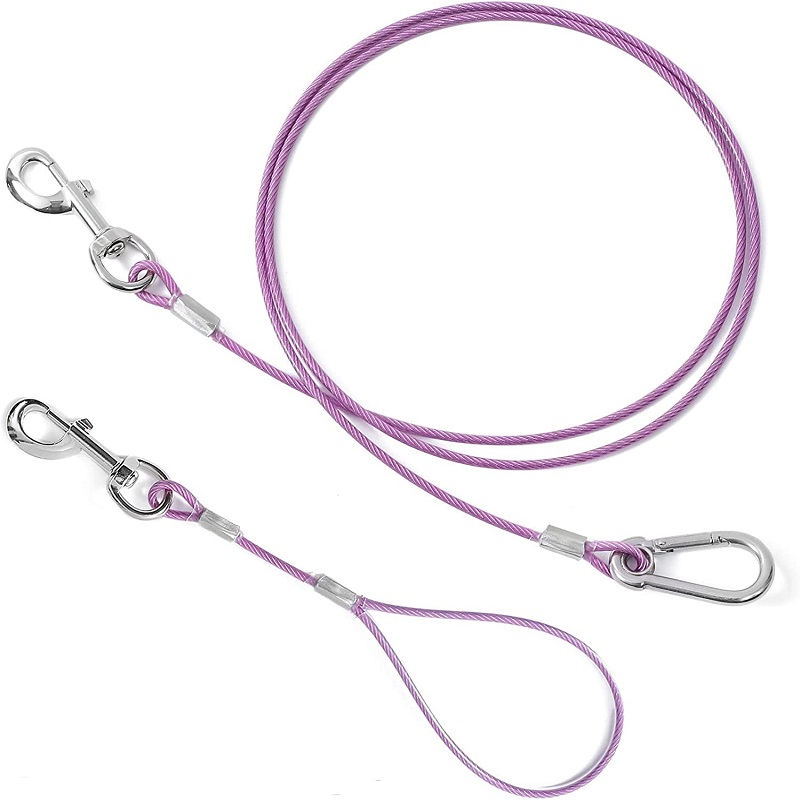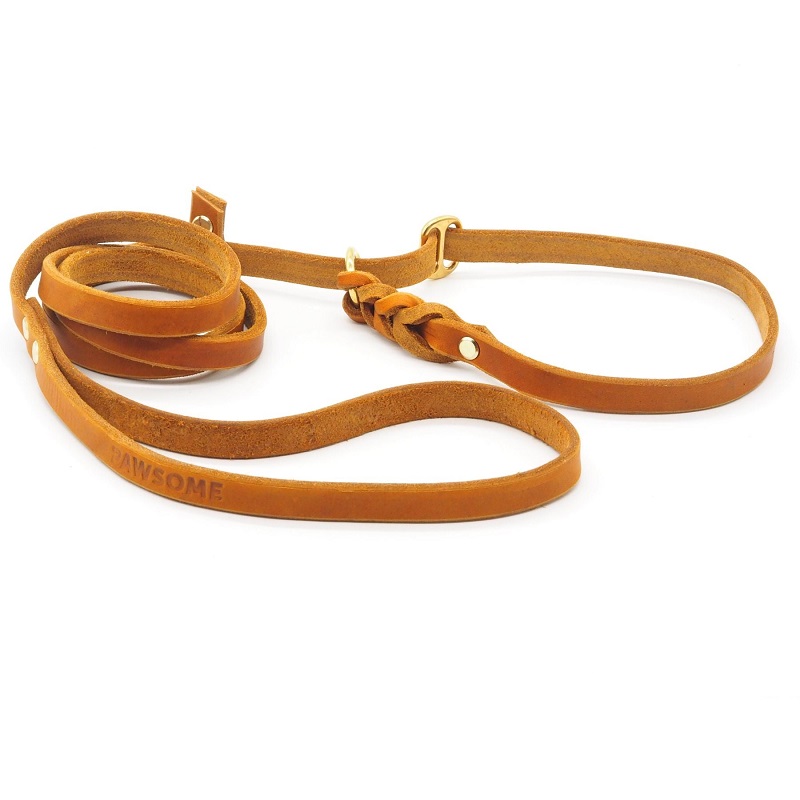When it comes to choosing the right dog leash, understanding the materials involved can significantly impact your decision. The type of leash you select not only affects your dog’s comfort and safety but also reflects your personal preferences and lifestyle. In this article, we’ll explore the various materials used in the construction of dog leashes, highlighting their benefits and drawbacks, so you can make an informed choice that suits both you and your furry friend.
Understanding Dog Leash Basics
The Importance of a Quality Leash
A dog leash is an essential tool for any dog owner, serving multiple purposes. Beyond simply restraining your pet, a good leash ensures your dog’s safety during walks, helps with training, and facilitates better control in various situations. A quality leash can prevent accidents, promote responsible pet ownership, and improve the bond between you and your dog. Therefore, understanding what dog leashes are made of is crucial when selecting one that meets your needs.

Natural Fibers: A Classic Choice
Cotton Dog Leashes
One of the traditional materials utilized in dog leashes is cotton. Cotton leashes are soft, comfortable, and gentle on the hands, making them a popular choice for many dog owners. The natural fibers of cotton make these leashes breathable, allowing for flexibility and a certain degree of stretch. This characteristic can be beneficial for dogs that tend to pull, providing some cushioning without compromising control.
Benefits and Drawbacks of Cotton Leashes
While cotton leashes have many advantages, they also come with some drawbacks. One significant downside is their susceptibility to wear and tear. Cotton can fray or weaken when exposed to moisture, dirt, or excessive pulling. This means that cotton leashes may not be the best choice for high-energy dogs or those that frequently romp through wet or muddy conditions. Additionally, cotton leashes may require more maintenance than synthetic options, as they can absorb odors and stains.
Synthetic Materials: Durability Meets Functionality
Nylon Dog Leashes
Nylon leashes are typically lightweight, making them easy to handle and carry. They come in various colors and patterns, allowing for personalization that many dog owners appreciate. The flexibility and resistance to fraying make nylon leashes suitable for active dogs that may put them through rigorous use.
Advantages of Nylon Leashes
One of the primary benefits of nylon leashes is their water resistance, which makes them ideal for all-weather use. Unlike cotton, nylon does not absorb moisture, ensuring that the leash remains strong even after exposure to rain or splashes from puddles. Additionally, nylon leashes are often easier to clean; they can typically be wiped down or washed without losing their structural integrity. However, it is essential to keep in mind that while nylon is durable, it can still wear out over time, especially if subjected to constant pulling or rough use.

Leather Dog Leashes: A Touch of Elegance
Characteristics of Leather Leashes
Leather leashes offer a sophisticated alternative to synthetic options, combining elegance with functionality. They are made from animal hides, usually cowhide, and are known for their strength and longevity. Leather leashes can provide a firm grip, making them an excellent choice for larger dog breeds or those that require additional control during walks.
Biothane Dog Leashes: A Modern Solution
What is Biothane?
Biothane is a relatively new synthetic material making waves in the dog leash industry. It is made from a polyester webbing coated in PVC or polyurethane, resulting in a durable and waterproof product. Biothane leashes are gaining popularity among dog owners who appreciate their versatility and ease of care.
Advantages of Biothane Leashes
One of the standout features of Biothane leashes is their resistance to water, dirt, and odors. This makes them particularly appealing for outdoor enthusiasts who enjoy hiking or spending time at the beach with their dogs. Biothane leashes can be easily cleaned with soap and water, eliminating the hassle of maintaining traditional materials like cotton or leather. Additionally, they are available in a variety of colors and widths, allowing for customization while retaining strength and functionality. However, some dog owners may find that the texture of Biothane is less comfortable on the hands compared to softer materials.
Chain Dog Leashes: For Extra Control
Understanding Chain Leashes
Chain leashes are another option available for dog owners, primarily designed for enhanced control and durability. Made of metal links, these leashes are often favored by owners of strong or aggressive dogs that may chew through standard fabric leashes. Chain leashes provide a level of security that other materials may lack, making them suitable for specific situations.
Pros and Cons of Chain Leashes
The main advantage of chain leashes is their strength and chew-resistance. For dogs that are notorious chewers, a chain leash can be a practical solution that prevents escape during walks. Additionally, chain leashes tend to last longer than fabric alternatives, making them a cost-effective choice in the long run. However, they do come with disadvantages, such as weight and comfort. Chain leashes can be heavy, making them less convenient for everyday use, and they may not provide the same level of comfort for the handler due to the hard metal links. Furthermore, they can be noisy, which might scare some sensitive dogs.
Reflective Leashes: Safety First
Features of Reflective Leashes
For dog owners who often walk their pets during low-light conditions, reflective leashes are a worthwhile consideration. These leashes are made from various materials, including nylon or polyester, and feature reflective stitching or coating that increases visibility in the dark.
Benefits of Using Reflective Leashes
The primary benefit of reflective leashes is safety. They enhance visibility, making it easier for drivers and other pedestrians to see you and your dog during evening walks or early morning outings. This added safety feature can significantly reduce the risk of accidents, providing peace of mind for dog owners. Additionally, many reflective leashes come in robust materials, combining the benefits of visibility with durability. However, it’s important to note that not all reflective leashes are created equal; some may require careful handling to ensure the reflective elements maintain their effectiveness over time.

Eco-Friendly Options: Sustainable Materials
The Rise of Eco-Friendly Leashes
As sustainability becomes increasingly important to consumers, eco-friendly dog leashes have started to emerge. These leashes are made from materials such as recycled plastics, organic cotton, or hemp, appealing to environmentally conscious pet owners.
Benefits of Choosing Eco-Friendly Leashes
Eco-friendly leashes provide a sustainable option without sacrificing quality or performance. Many of these leashes are made using minimal harmful chemicals, making them safer for both dogs and the environment. Additionally, supporting eco-friendly brands helps reduce waste and promote ethical practices within the pet industry. However, potential buyers should research the specific materials and manufacturing processes used to ensure they meet their standards for durability and functionality.
Customization and Personalization
The Importance of Customization
Customization has become a trend in the pet industry, allowing dog owners to express their unique style and preferences. Many manufacturers now offer personalized leashes that can include your dog’s name, your contact information, or even custom designs.
Benefits of Customized Leashes
Personalized leashes add a special touch that sets your dog apart, reflecting your personality as an owner. They can also enhance safety by providing identification in case your dog gets lost. Custom leashes are available in various materials, from nylon and leather to Biothane and eco-friendly options, giving you a wide range of choices. Furthermore, many companies allow you to choose colors and patterns that match your dog’s collar or harness, creating a cohesive look for your canine companion.
Conclusion: Choosing the Right Leash Material
Factors to Consider
Selecting the right dog leash involves considering several factors, including your dog’s size, behavior, and your specific needs as an owner. Each material has its unique advantages and disadvantages, meaning there is no one-size-fits-all solution. Assessing your dog’s activity level, chewing tendencies, and the environments you frequent can help narrow down the best material for your leash.
Final Thoughts
In conclusion, dog leashes can be made from a variety of materials, each offering different benefits and drawbacks. Whether you prefer the classic feel of cotton, the durability of nylon, the elegance of leather, or the modern convenience of Biothane, there’s a leash that suits every dog owner’s needs. By understanding what dog leashes are made of, you can make an informed decision that enhances your walking experience and keeps your furry friend safe. Remember, a well-chosen leash not only provides control but also contributes to a happy and fulfilling relationship between you and your dog.










